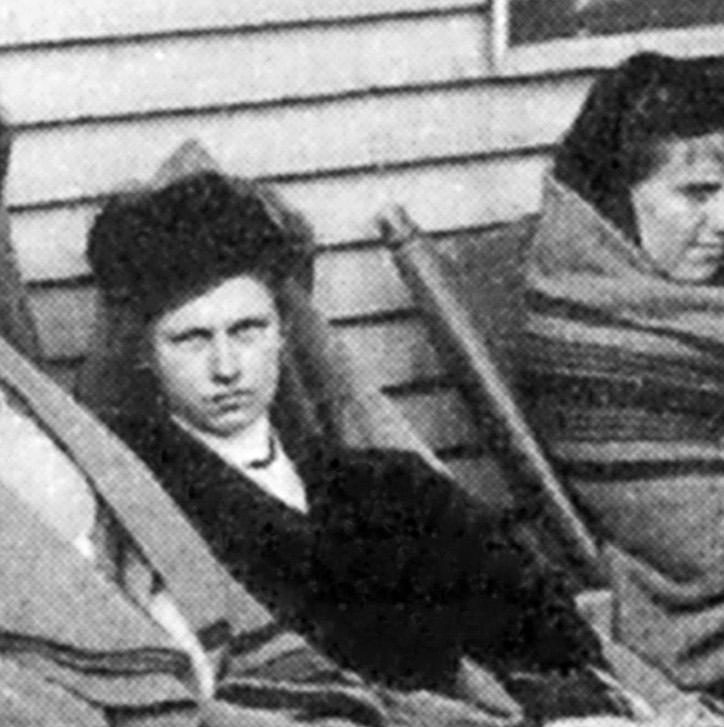Science Sleuths: The Science that Shapes Diagnostic Tests… Koch’s Postulates in the 21st Century

In our recent piece entitled “Getting the target right – Germ Theory,” the concept of ‘germs’ as causative agents of disease was discussed.
During the Golden Age of Microbiology, spanning the mid-1800s to the start of the Great War in 1914, progress was made in leaps and bounds in the fields of science and medicine, and Germ Theory was born. This progress gave rise to modern concepts of hygiene, reduced mortality for new mothers, practices such as pasteurization and much more. Germ Theory was the foundation for Robert Koch’s Postulates of disease. The original postulates were:
- The microorganism must be found in diseased animals [or humans] but not in healthy animals [or humans].
- The microorganism can be isolated from a diseased animal [or human].
- The isolated microorganism will cause disease if introduced into a healthy animal [or human].
- The microorganism must be able to be reisolated from the inoculated, diseased animal [or human] and identical to the original specific causative microorganism.
In times where we can barely even imagine how few research tools these scientists had at their disposal, the need for rigor was paramount. Medical science was emerging from an era of empirical practices which included treatments with multiple, often spurious, ingredients and archaic practices with little evidence of efficacy such as bloodletting. Scientific rigor was the New Order.
Koch’s postulates represented a central tenant of that new order and an evidence-based approach to medicine. As such, it will come as no surprise that most thinking, modern minds of the time embraced them and the medical profession has held them up as Gold Standards ever since. As brilliant and insightful as Koch’s postulates were even Koch himself recognized their shortcomings.
For example, the agent of cholera, Vibrio cholerae, a source in intense interest and significant disease at the time, could easily found in sick patients, but could also be detected in some normal, healthy humans as well. This obviously did not fulfil postulate #1.
The infamous case of Mary Mallon (1869 - 1938) is another rather sad example. Poor Mallon was an asymptomatic carrier of Salmonella typhi, typically the cause of typhoid fever. Working as a cook in the Northeast, she is believed to have infected 53 people with typhoid, of whom three died. It is from her that we get the colloquialism ‘Typhoid Mary.’ If someone talks about Typhoid Mary these days it’s often a euphemism for ‘a spreader of disease.’ To prevent Mallon from infecting more people, she was forcibly confined to a quarantine hospital on North Brother Island, New York, for the last 30 years of her life.
Salmonella typhi is a significant pathogenic bacterium yet Mallon never became sick from it. We cannot specifically answer the question of why in the here and now, but it clearly indicates an interaction between the host and the organism, which in Mallon’s case, did not result in disease.
We can frequently detect bacteria considered to be pathogenic in the feces of apparently normal, healthy horses. These include Salmonella spp., Clostridium perfringens and Clostridioides difficile – a veritable Rogue’s Gallery of pathogens according to my notes from vet school. Whilst these bacteria could be isolated, administered to another horse and make it sick, thereby fulfilling some of Koch’s basic tenants, they don’t fulfill all the criteria: most notably because we can find them in healthy horses. The same could be true for bacteria identified from other parts of the horse’s body where organisms that can be associated with disease can be found in the absence of disease. For example, Streptococcus zooepidemicus is considered normal flora in the throats of normal horses, but we can identify it as a pure culture in abscesses and in cases of pneumonia, strongly suggesting it is a heavy contributor to disease.
The age of molecular biology and genomic sequencing at first seemed to be overwhelming in the context of identifying causative agents of disease. Nucleic acids such as DNA can be extracted from feces, tissue or liquid samples and generate an abundance of data. Utilizing these data can be challenging because reference genomes to which the genomic sequences were mapped may be woefully inadequate, resulting in yet more questions.
Whilst that is still a thorny obstacle, we are fortunate that great, modern minds continue to forge ahead with these knotty problems. Going forward, relatively inexpensive sequencing options and the field of bioinformatics offer further insight hitherto unknown in these areas. With diligence, perseverance, and a collaboration between horse owner, veterinarian and research scientist, we can now not only analyze samples from unhealthy horses, but we can realistically compare them to the equivalent sample from large numbers of healthy horses. Knowing what is normal is the age-old question biologists have asked themselves for centuries and is a central principle in a veterinary education.
Nowadays, we have the luxury of assessing cause and effect à la Dr Koch, but we are also acquiring an extraordinary repertoire of in-depth knowledge on a molecular level. Importantly, based on the diligent observations of the great predecessors of medical science, we can expand Koch’s Postulates with critical factors such as host effects and interactions, the influence of diet and of environment. When we combine all of these factors, we see a much more sophisticated picture where the harder we look the more detail we see.
Emma Adam, DVM, PhD, DACVIM, DACVS is based at the University of Kentucky Gluck Equine Research Center and Veterinary Diagnostic Lab and is responsible for research and veterinary industry liaison. Jackie Smith, MSc, PhD, MACE, Dipl AVES is an epidemiologist based at the University of Kentucky Veterinary Diagnostic Lab.
